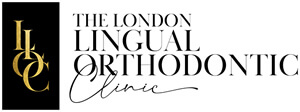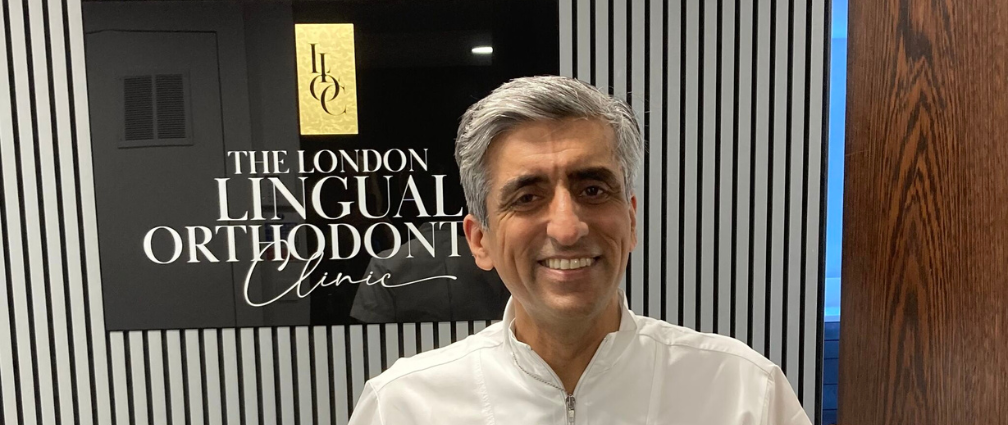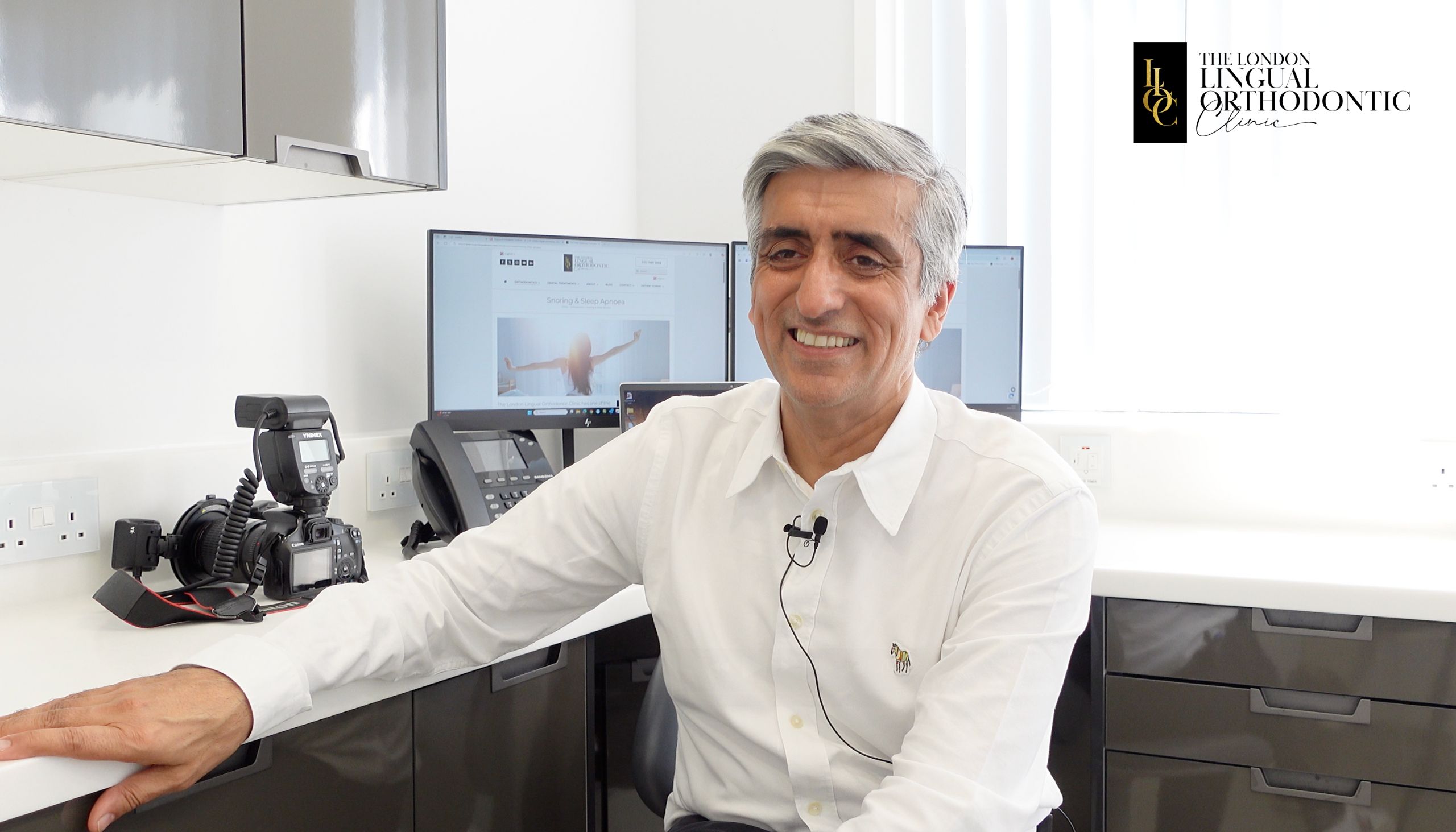No two ways about it, sugar is the trigger for dental decay. So when George Osborne announced in the Budget that he was bringing in a tax on sugary drinks, we were delighted. Particularly sweet was the surprise factor. Even though the dental profession has been calling for a tax on sugar for years, only a few months previously, the Government ruled out any kind of duty on sugary foods and drinks.
Jamie Oliver, one of the most high-profile campaigners for the tax, is to be congratulated for all he has done. I welcome the move, not least because it symbolises a shift in Government thinking about how our sugar consumption can be reduced. But I don’t think we should be celebrating just yet.
What is the ‘sugar tax’?
The levy on sugary drinks, which is set at around 20 percent and will come into effect in 2018, is expected to raise up to £520 million in its first year, with proceeds used to fund sports in primary schools. Undoubtedly, this is fantastic news.
It also makes sense that the tax is aimed at high-sugar drinks, in particularly fizzy ones, which are popular with teenagers. This is because 11 to 18 year olds consume three times the recommended daily level of sugar – and sugary drinks are the primary way that teenagers get their sweet fix.
Generally, it’s recommended that adults (and children over 11) should consume no more than seven teaspoons of sugar in any one day – and as many standard 330 ml cans of fizzy pop contain at least that, it’s very easy to overdo it in one swift drink.
Other high sugar content culprits
However, fruit juices have been excluded from the initiative, as have milk based drinks. I think this is misguided.
Campaign group Action on Sugar has found that 98 percent of hot flavoured drinks found in the big high street chains are excessively high in sugar. These usually milk-based drinks, which include hot chocolates and chai lattes, were shown to contain up to 25 teaspoons of sugar per portion, almost four times the recommended daily intake.
The tax also fails to address the amount of sugar added to foods other than sugary drinks. Apart from the obvious culprits such as sweets, biscuits and cakes, prepared dairy products are often loaded with sugar, as are breakfast cereals, and even savoury foods such as ready meals, chutneys and crisps.
At The London Lingual Orthodontic Clinic we’ve always been aware of the damaging impact of sugar. The harsh reality is that tooth decay is the leading reason for children aged 5-9 to be admitted to hospital, and it’s a fact that admissions have increased by 10 percent over the last four years.
But it’s the wider effect that sugar has on our health that has motivated this tax initiative. Being overweight or obese is a major cause of preventable illness and death, including diabetes, cancer and heart disease.
That sugar makes us fat is no secret– and as a nation we eat twice as much as is healthy. Is it any surprise that currently, almost two-thirds of adults in England are overweight or obese? If our consumption is left unchallenged, that figure is set to soar.
If I were King for a day …
The tax on sugary drinks is certainly a start. The recent introduction of a 10 percent tax on sugar-laden drinks in Mexico has shown a 12 percent reduction in sales. Whether that effect can be replicated in our more affluent population, we’ll have to wait and see.
To really put the pressure on manufacturers, the tax needs to be applied to added sugar in all prepared foods.
In the meantime, check out how much sugar is hidden in your food and drink by using the Sugar Smart app. Created by Public Health England, it works by scanning barcodes and detailing the amount of added sugar in cubes (which is equivalent to a teaspoon) or grams.













